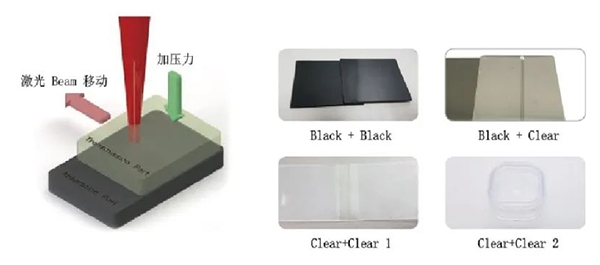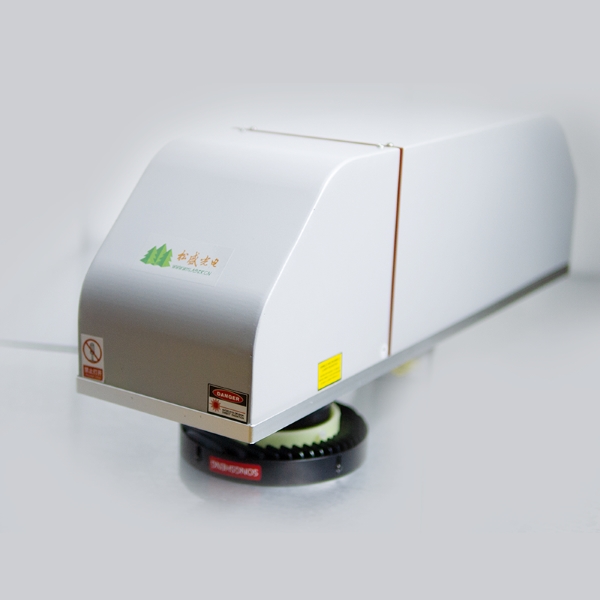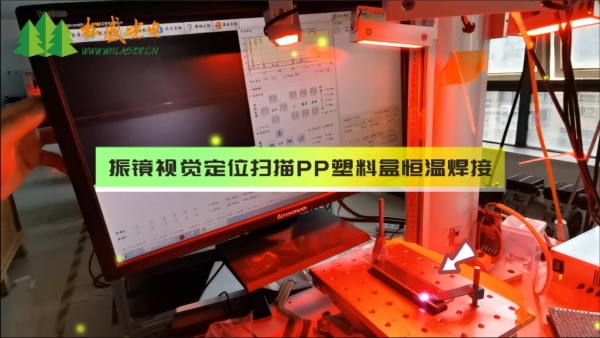Application and Process Parameter Setting of Laser Plastic Welding in Electronic Manufacturing
In the field of precision plastic electronics manufacturing, laser plastic welding stands as a significant innovative technology, demonstrating unique application characteristics in material joining and assembly processes. In this issue, our Songsheng technical team will share the distinctive application features of laser plastic welding technology in electronic manufacturing.

Precision Micro-Joining
Laser plastic welding enables accurate joining of miniature components, making it ideal for assembling micro-parts in electronic devices. This capability provides crucial support for product miniaturization and integration in the electronics industry.
High-Strength Joints
The welding process produces exceptionally strong seams with reliable connections that withstand vibration and impact stresses. This ensures long-term stability and durability of electronic equipment in demanding operating environments.
Minimal Heat-Affected Zone (HAZ)
With its significantly reduced thermal impact, laser welding minimizes material deformation and component damage - particularly critical for sensitive electronic parts exposed to high-temperature or high-pressure conditions.
Rapid Processing Capability
The high-speed welding process delivers superior production efficiency, perfectly meeting the electronics industry's requirements for mass production while optimizing overall manufacturing line productivity.
Application Cases of Laser Plastic Welding
Electronic Component Encapsulation
Laser plastic welding is used to encapsulate electronic components, securely fixing them to circuit boards. This enhances connection reliability while significantly reducing the risk of circuit failures.
Smartphone Battery Cover Assembly
The technology enables seamless bonding between smartphone battery covers and main housings. It not only ensures structural integrity but also achieves aesthetically perfect, gap-free joints that enhance product appearance.
Display Module Integration
In display assembly processes, laser plastic welding creates hermetic seals between screens and device housings. This protective barrier effectively prevents dust ingress and moisture penetration, thereby extending product service life.
Laser Plastic Welding Process Parameters
Welding Line Speed
The welding line speed typically ranges from 10-15mm/s, with PA materials best kept below 10mm/s. A laser diameter of 2mm is used, requiring 50% overlap during welding. For a 4mm weld width, 4 rotation cycles are needed. The fixture must have both rotational and lateral displacement capabilities.
Welding Temperature
The welding temperature is generally set 30°C below the injection molding temperature, accounting for infrared temperature measurement differences. The actual temperature at the welding point equals the displayed temperature plus 30°C. The system automatically adjusts laser power to maintain the set temperature if it deviates too high or low.
Transmittance Requirements
The laser welding wavelength is 976nm, while infrared transmittance detection and temperature measurement occur at approximately 2000nm. Transmittance depends on sample thickness and base material properties. Impurities or bubbles introduced during injection molding will affect transmittance. For black-on-black part welding, the upper layer should use IR-transparent black material while the lower layer contains carbon black additives. Special attention must be paid to injection mold temperature effects on transmittance (e.g., cooling too fast or slow). When using nylon, glass fiber content should not exceed 35%.
Interparticle Pressure
Laser welding requires maintaining specific pressure levels. For piping applications, an interference fit is necessary to ensure bonding strength.
An interference fit between inner and outer parts is sufficient. The interference amount should remain after accounting for all part tolerances. Typically, interference should be 1-2% of the diameter. For example, a 10mm diameter round part requires 0.01mm-0.02mm interference for optimal welding results.
Laser Beam Entry Point
Part design should prevent laser beam obstruction by other structures. Additionally, to avoid surface reflection, the laser beam should remain within ±15° of the part's normal axis.
Post-Welding Cooling
Cooling duration should be analyzed and verified according to weld size to determine optimal welding conditions.

Integrated Galvanometer Coaxial Vision Scanning Processing System Illustration
Songsheng Optoelectronics has independently developed an integrated constant-temperature galvanometer coaxial vision scanning welding processing system in response to market demands. This system is not only suitable for precision soldering but can also be used for precision welding of plastic products. The galvanometer constant-temperature coaxial processing system is specifically designed to meet the high-precision positioning requirements of galvanometer scanning processing. The CCD observation image is completely coaxial with the laser beam focus, and when paired with F-θ lenses and dark-field illumination, it achieves "what you see is what you get" laser processing. After calibration, the absolute positioning accuracy of laser processing can reach below 0.02mm, and when used with software, it can virtually eliminate processing position errors caused by galvanometer thermal drift.
The scanning objective lens adopts a telecentric design, eliminating various problems caused by conventional scanning objective lenses and ensuring uniform performance within the marking range. The integrated design makes the system stable and reliable, while the internally coaxial CCD optical system provides better imaging quality that is easier for software to recognize compared to traditional modes. Specifically prepared for precision welding, the system can control the cross worktable to move to designated positions through markers on the workpiece, avoiding welding issues caused by workpiece errors. Simultaneously, the vision positioning system can also function as a monitoring device, with CCD imaging enabling real-time observation of work conditions.

Illustration of Galvanometer Scanning Welding for PP Plastic Containers
The direct diode laser welding system with temperature feedback function enables precise temperature control during the welding process, capable of regulating temperature in micro-zones as small as 1mm diameter with an accuracy of ±2°C. This advanced temperature control mechanism ensures optimal welding results while effectively preventing thermal damage to workpieces. The system's integrated design guarantees exceptional stability and reliability, incorporating a galvanometer scanner, coaxial infrared temperature measurement module, CCD coaxial imaging system, laser transmission system, and scanning lens assembly.
Songsheng's proprietary technology features a multi-point coincident optical path system with specially designed infrared lenses. This innovative technology maintains perfect alignment of three critical components - the laser beam, imaging system, and infrared temperature measurement - throughout the entire working range, regardless of position relative to the lens center. This breakthrough establishes a genuine temperature-monitored processing system, representing a significant advancement in precision laser welding technology for polypropylene applications. The system's unique architecture ensures consistent performance in medical device manufacturing, consumer electronics packaging, and other applications requiring micron-level precision in plastic welding processes.
Contact: Mr.Xiao
Phone: +86-13385280662
E-mail: market001@whlaser.cn
Add: Room 02, Floor 5, Building 9, Gezhouba Sun City, No. 40, Gaoxin 4th Road, Donghu New Technology Development Zone, Wuhan